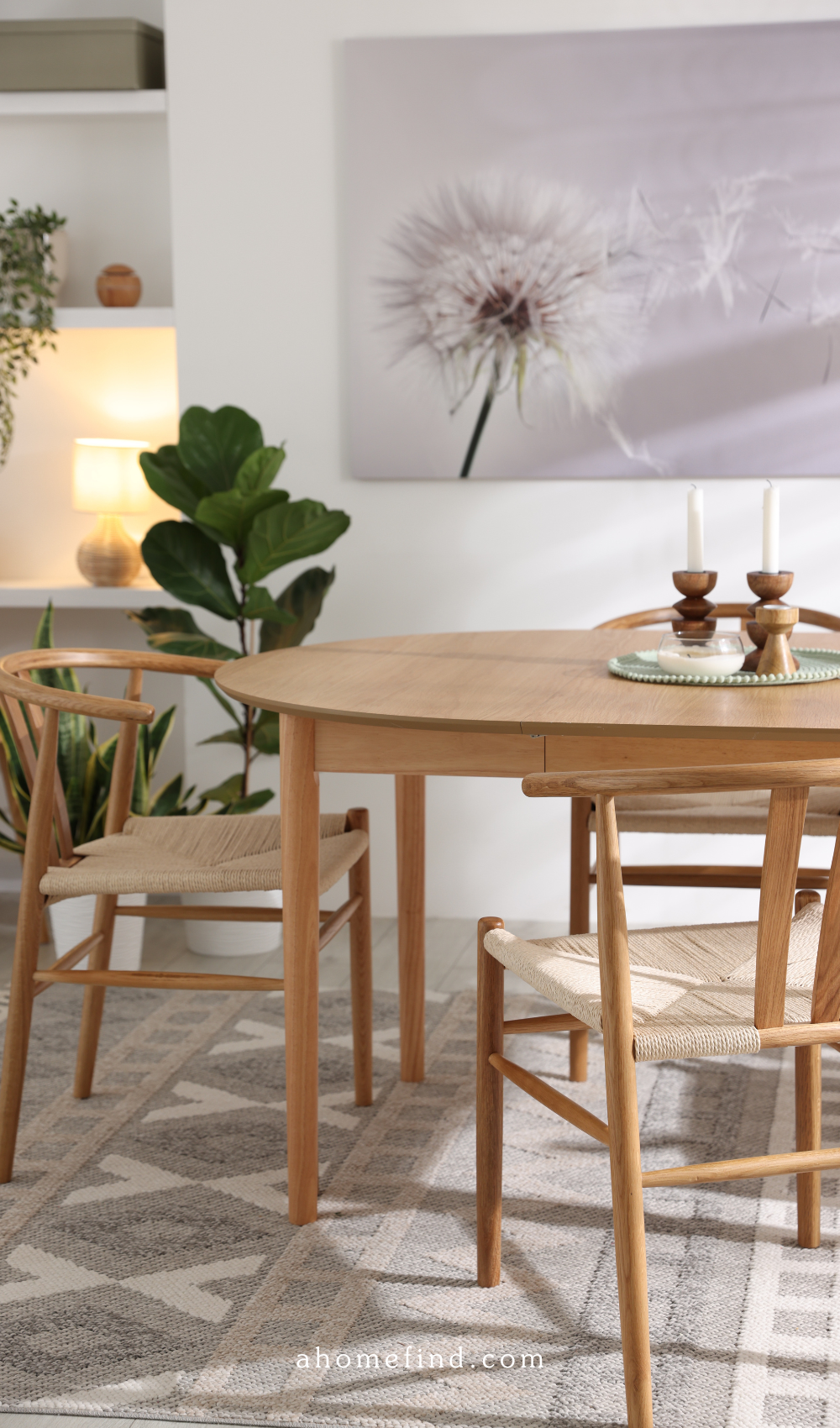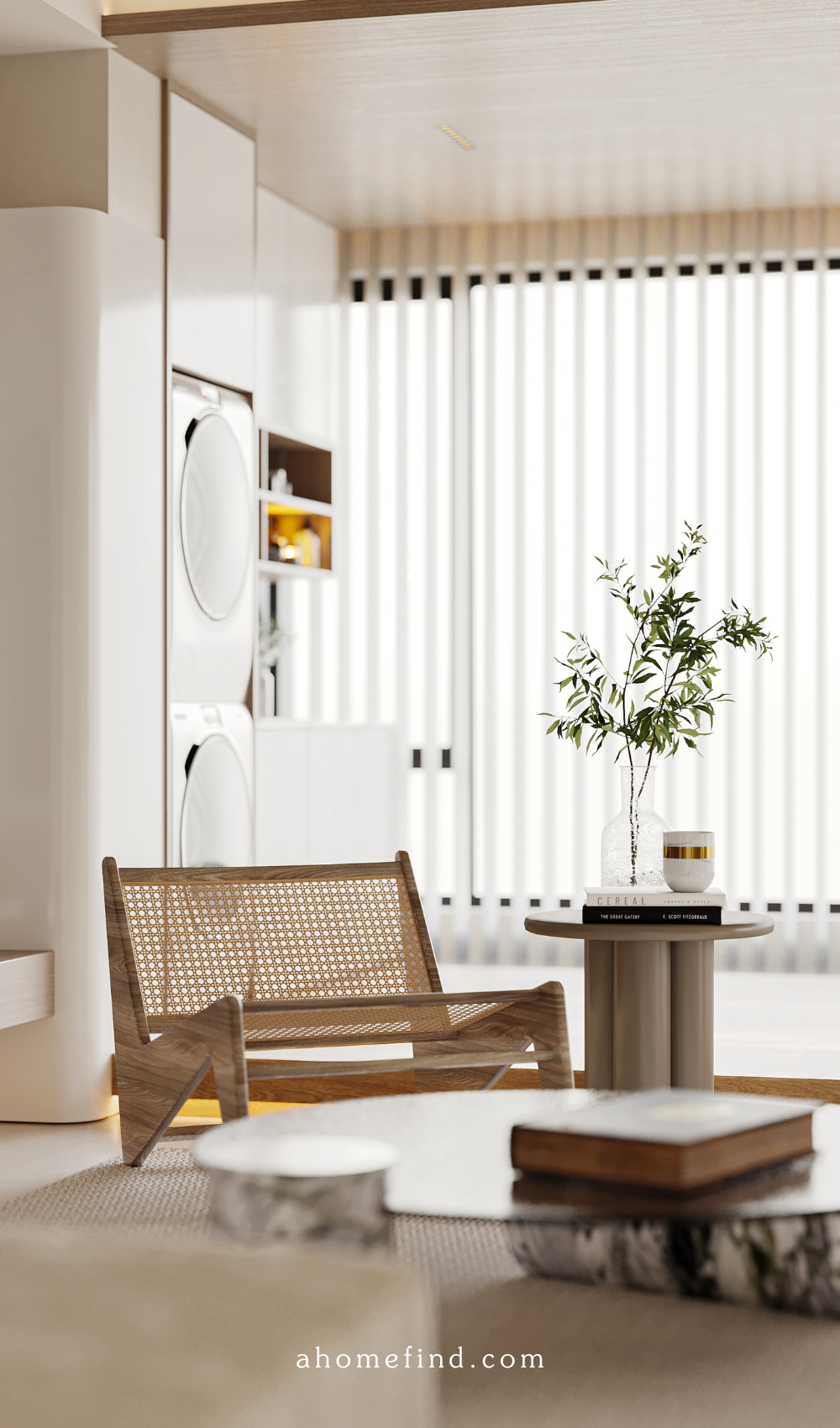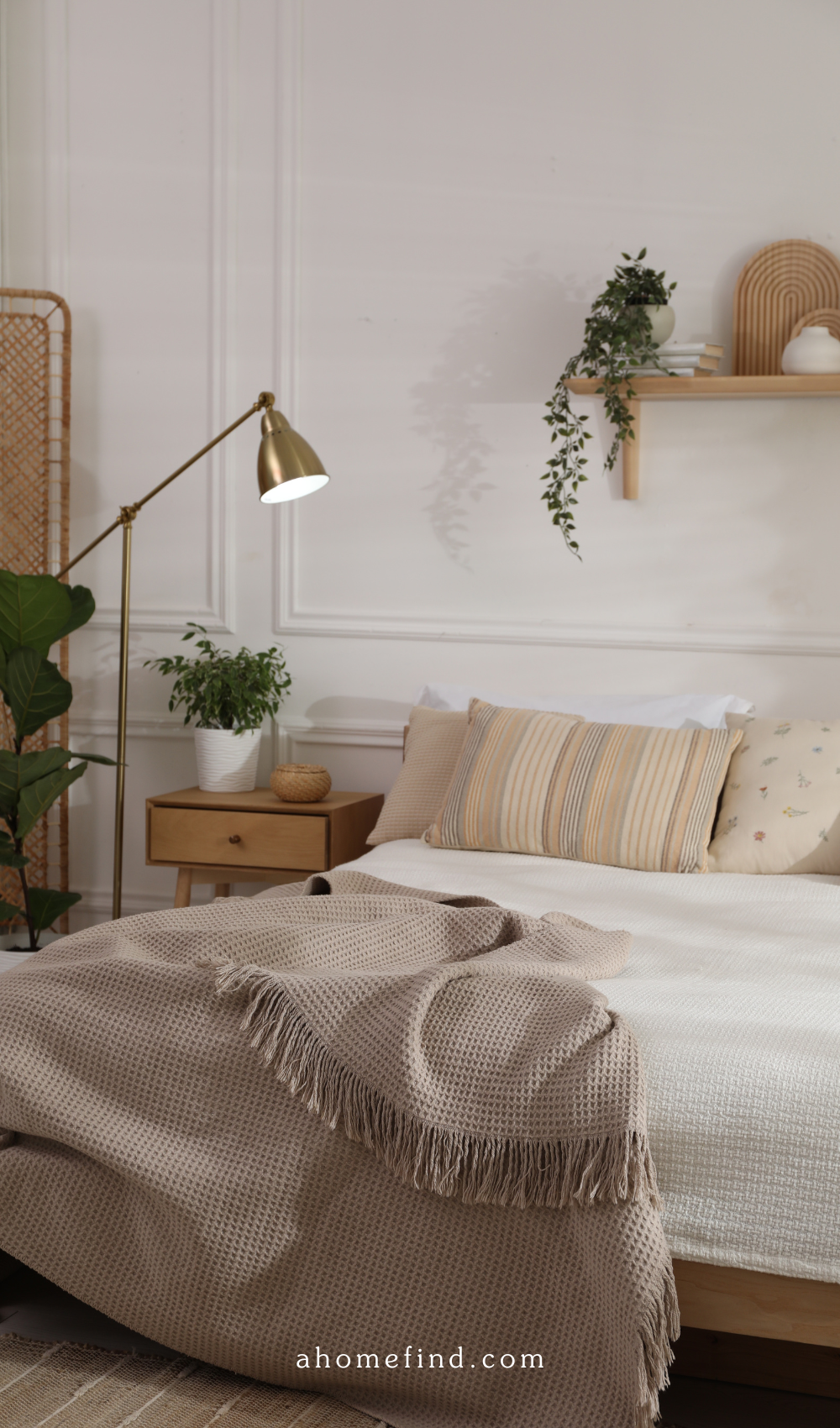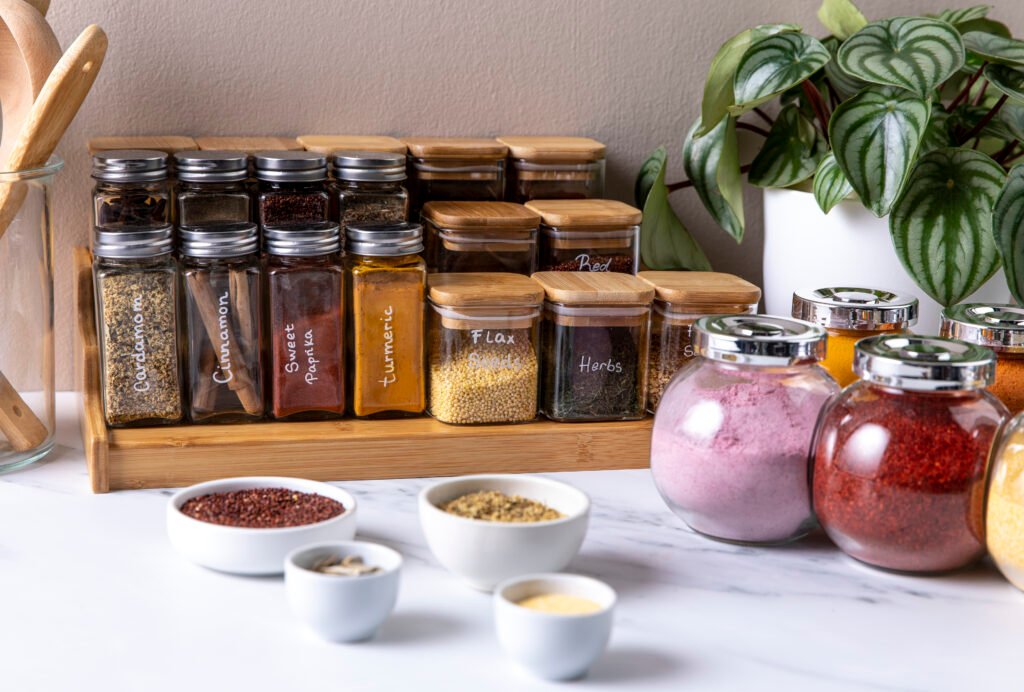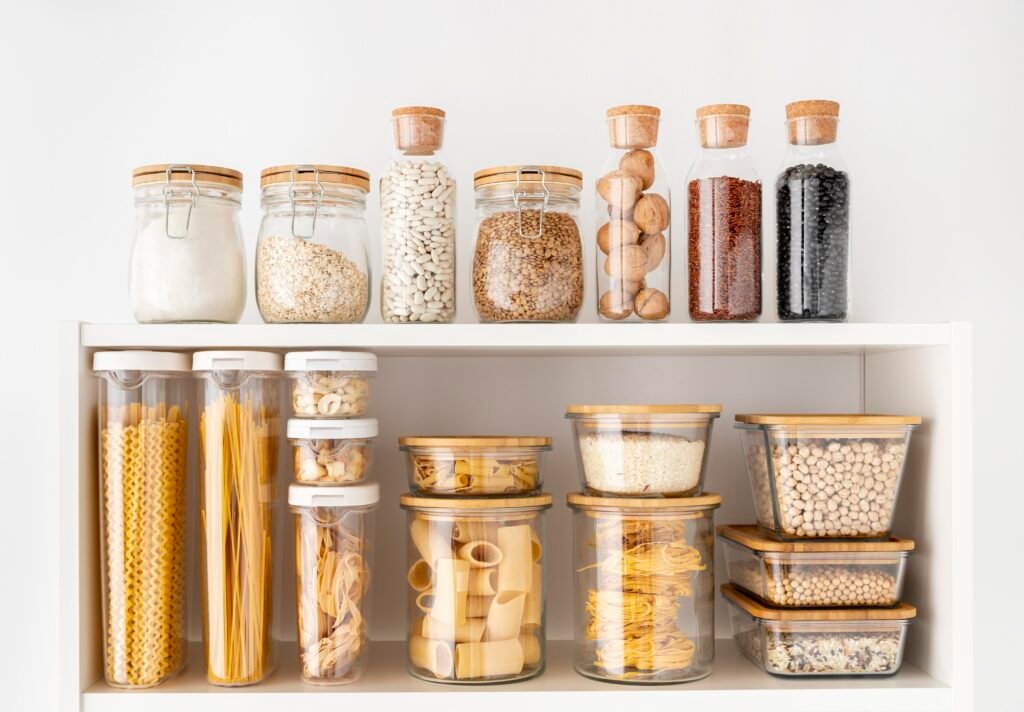Now it’s finally time to turn your vision into reality. In the first part, you discovered your interior style and created a moodboard that reflects the feeling you want in your home – now let’s turn that idea into action and explore how to decorate your home with flow and purpose.
We will now decorate room by room with clarity, intention and a sense of flow. So, in this post I’ll walk you through how to apply your personal style across your home in a cohesive way, by using practical steps and a visual guidance.
So if you’re ready to stop second-guessing your design decisions and start creating a space that feels complete – let’s dive in.
Remember – if you haven’t read the first part to this series, you can find it here.
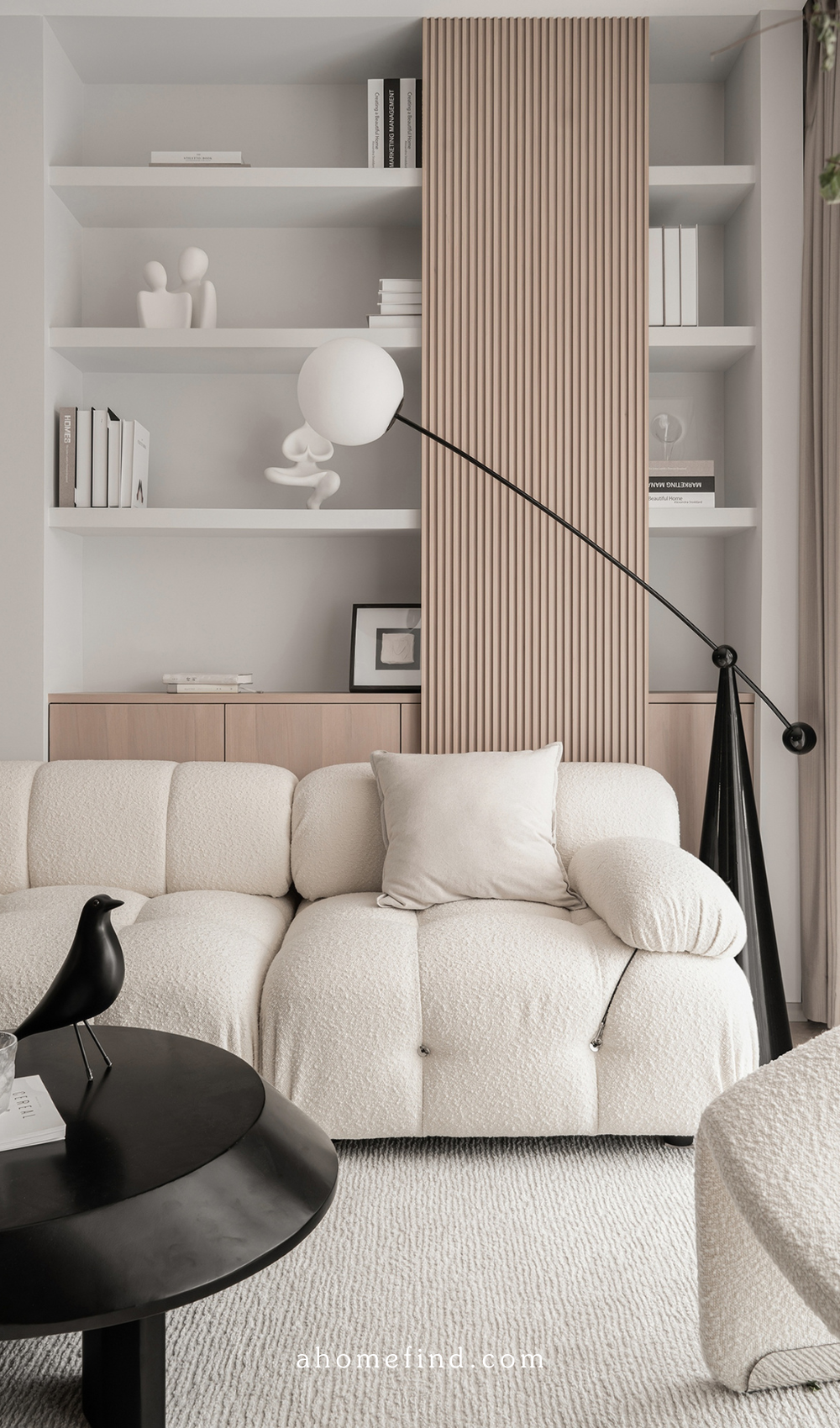
1. Room-by-Room Styling: Start With the Most Lived-In Space
Now let’s start with the room you spend the most time in and for most people that the living room. However, if your bedroom or kitchen is more central to your lifestyle – then start there.
Before styling each room, here’s a simple formula you can apply to each room:
- Choose a purpose – What do I need from this space? Rest, connection, focus, calm?
- Use your style anchors (your three words) – Pull in 2–3 visual elements from your moodboard – like a material (wood), a tone (warm neutrals) or a theme (cozy simplicity).
- Limit your choices – Instead of scrolling endlessly, make your decisions within the boundaries of your 3 words and moodboard. Trust your framework!
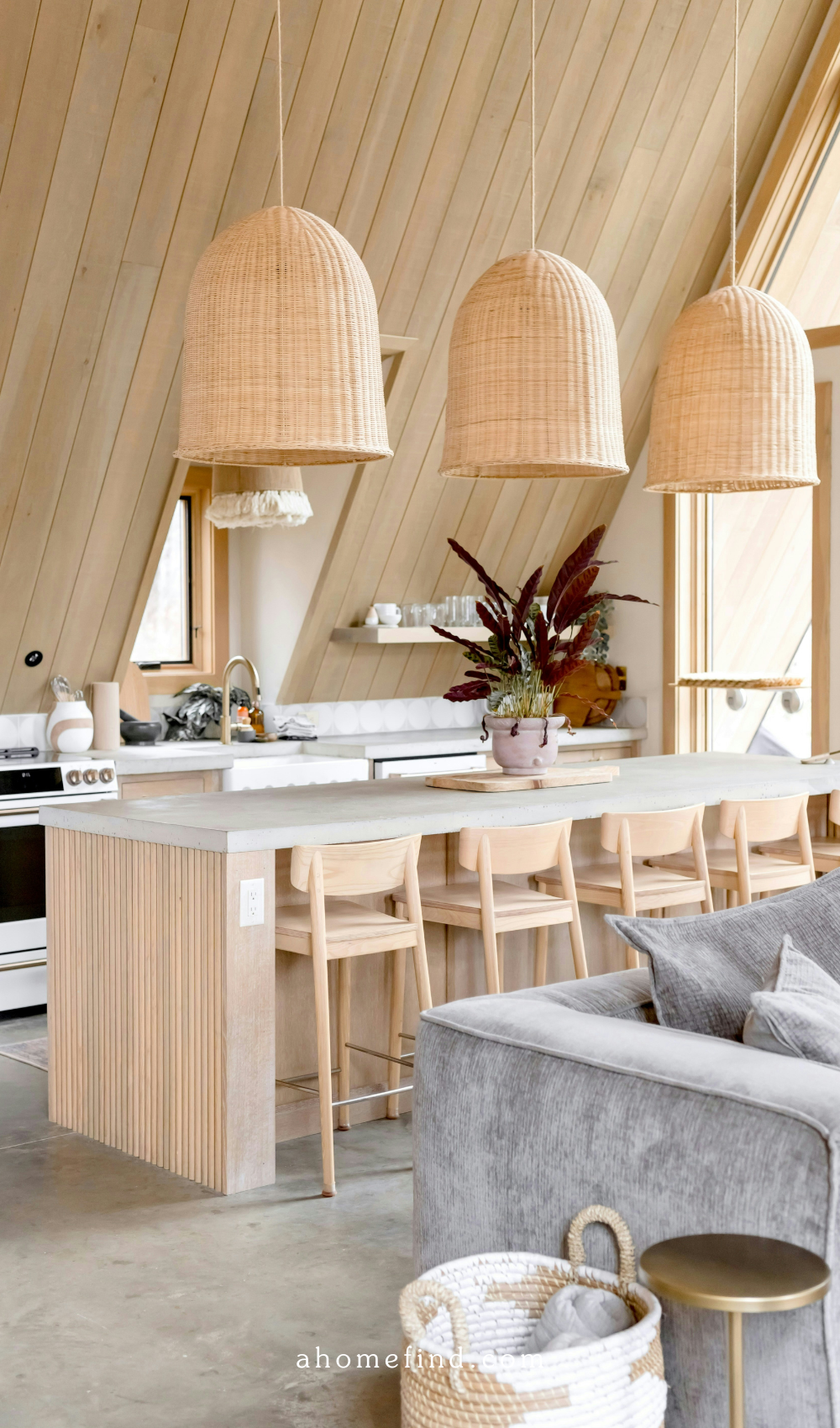
2. Create Consistency Without Making Every Room Identical
One important thing to remember when decorating your home is that your rooms shouldn’t feel copy-pasted. However, they should feel like they belong together. I will guide you through how to do this:
2.1 Repeat One or Two Core Elements
Bringing harmony and a sense of calm to your space doesn’t mean that everything has to match – it just need to relate. So, choose one or two signature details that will follow you around from room to room. These are three examples of such details:
2.1.1 Recurring Color
Pick a base color or an accent color that will appear throughout your home. This could be soft earthy tones, a deep navy or even a subtle blush. Make sure it matches the style you like and then use it in pillows, art, rugs or small decor pieces. Even if each room has its own personality, this color thread will tie them all together.
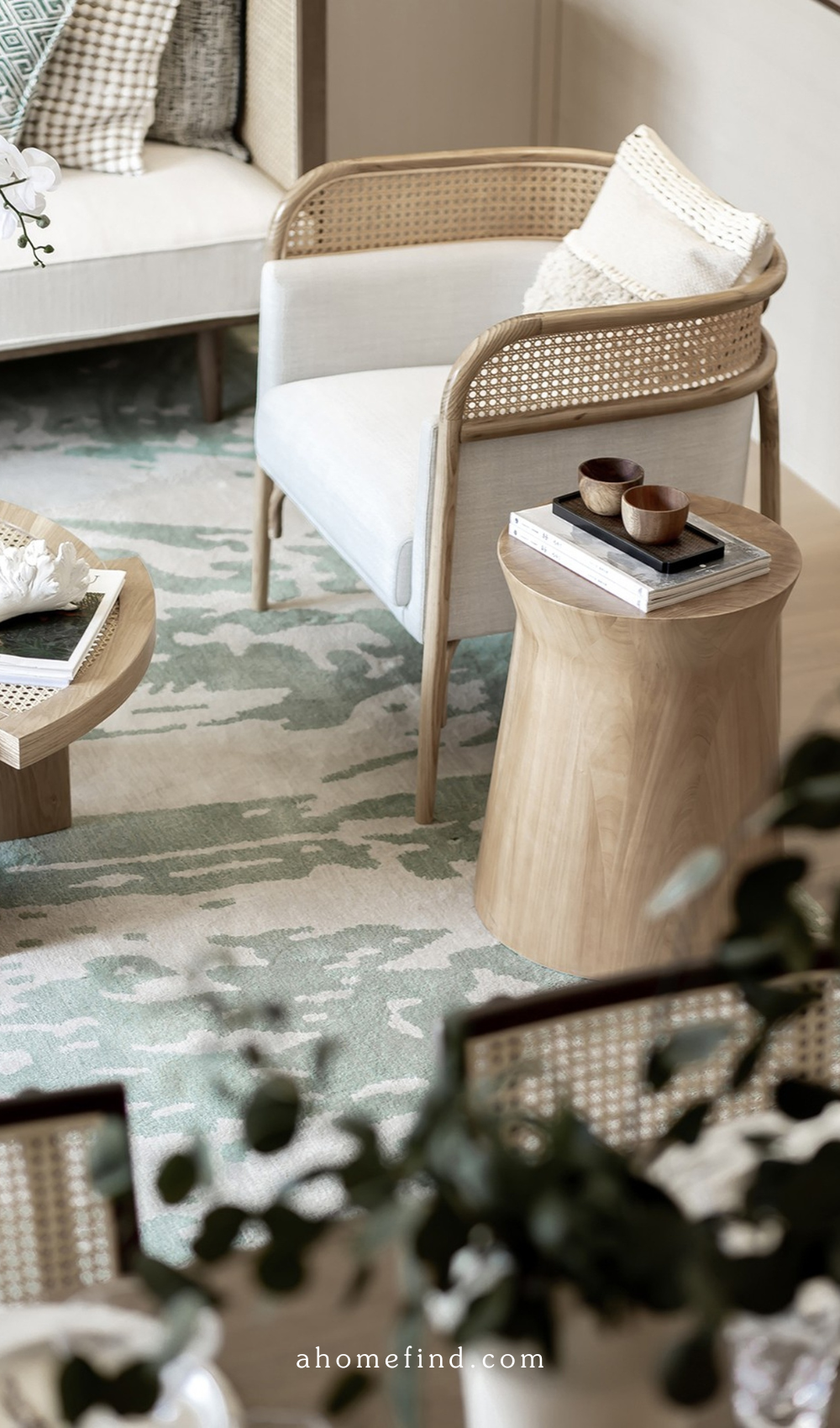
2.1.2 Signature Material
Another way to create that flow in your home is by incorporating materials that shows up more than once. It could be warm woods, sleek black metal, woven linen, aged brass and so on. You might use it in a coffee table, lighting fixture or even in a curtain rod – small details matter. This way, the material becomes a design signature by grounding different spaces with a shared texture.
2.1.3 Consistent Lighting Tone or Fixture Style
Even something as simple as keeping a similar tone (warm or cool) throughout your space can help create a natural, cohesive flow. It’s a small detail that makes a big impact.
With that said, not every room needs the exact same lighting tone. Some spaces benefit from warm, cozy light – while others feel more energized with a cooler glow.
Want to know which lighting works best in which room and how it can influence your mood?
👉 Check out this post: Warm vs Cool Light: Surprising Mistakes You Might Be Making
2.2 Use Transitions Between Spaces
One trick that many professional designers rely on – and that’s surprisingly easy to recreate – is using transitions between rooms. It’s subtle connections that will help build a sense of rhythm and flow as you move through your home. It will make everything feel more connected.
Here’s how to create smooth transitions:
2.2.1 Style With a Sneak Peak
If you place a small styling element, – such as a plant, a framed photo or some other decorative object – near the entry of a room it will give a subtle nod to what’s coming next. For instance, if the next room has brass accents or a specific color tone, echo that with a small item in the hallway or a shared space. This will create a soft cue that will visually link all the rooms together.
Remember: Save you favorite images on Pinterest for later inspiration!
2.2.2 Keep Fixed Elements Cohesive
If it’s possible, keep larger design elements like wall color, trim style or even hardware consistent between the rooms. You don’t have to use the exact same paint or flooring everywhere. However, if you maintain a similar tone or finish it will help everything feel like it belongs under the same deign story.
2.2.3 Flow Doesn’t Mean Repetition
If you use transitions it doesn’t limit your creativity – it will just enhance it. It will allow each room to have its own personality while still feeling like a part of a larger, more harmonious vibe. You can think of it like a well-curated playlist with different songs and the same vibe.
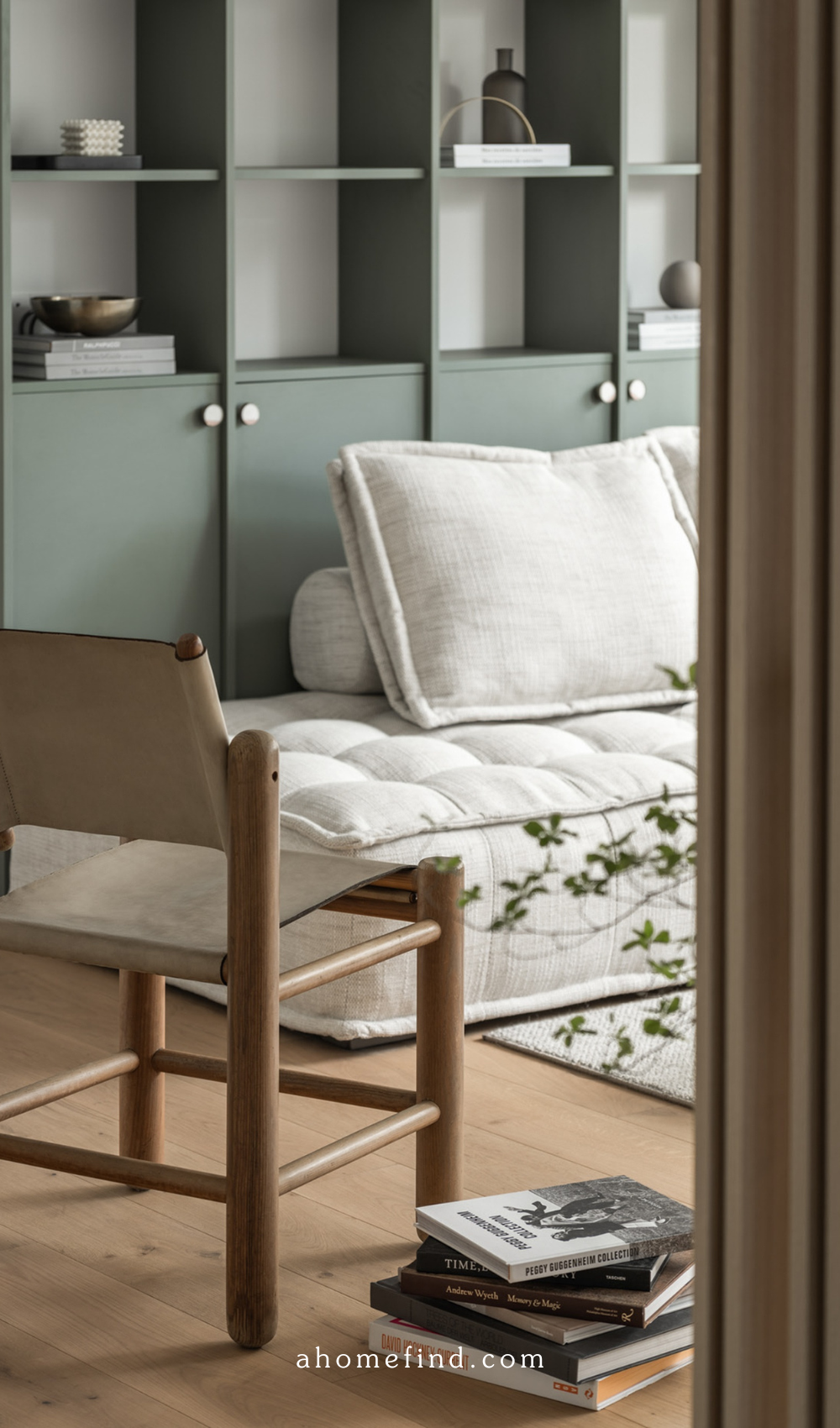
3. The Essential Room-By-Room Checklist
I know that decorating a home can be a true challenge and it can actually be a bit scary at some times. You invest a lot of money in something you think will look amazing and sometimes that might not be the case.
That’s why I want to help you feel confident in your decorating. So, here’s a simplified checklist for what each room needs to feel complete. However, use it as a flexible guide – not a rulebook.
3.1 Living Room
- Anchor: Rug or statement furniture piece
- Layers: Pillows, throws, side tables
- Personality: Art, books, greenery
- Lighting: A mix of overhead and soft lamp lighting
Download the checklist and check things off directly on your phone or computer – no printing needed!
3.2 Bedroom
- Anchor: Well-dressed bed with layered bedding
- Layers: Curtains, blankets, textured accents
- Personality: Nightstand styling, calming wall art
- Lighting: Warm, cozy bedside lighting
3.3 Dining Room / Kitchen
- Anchor: Dining table or kitchen island
- Layers: Trays, bowls, fresh flowers or greenery
- Personality: Wall art, ceramics, cookbooks
- Lighting: Pendant lights, sconces, or even candles
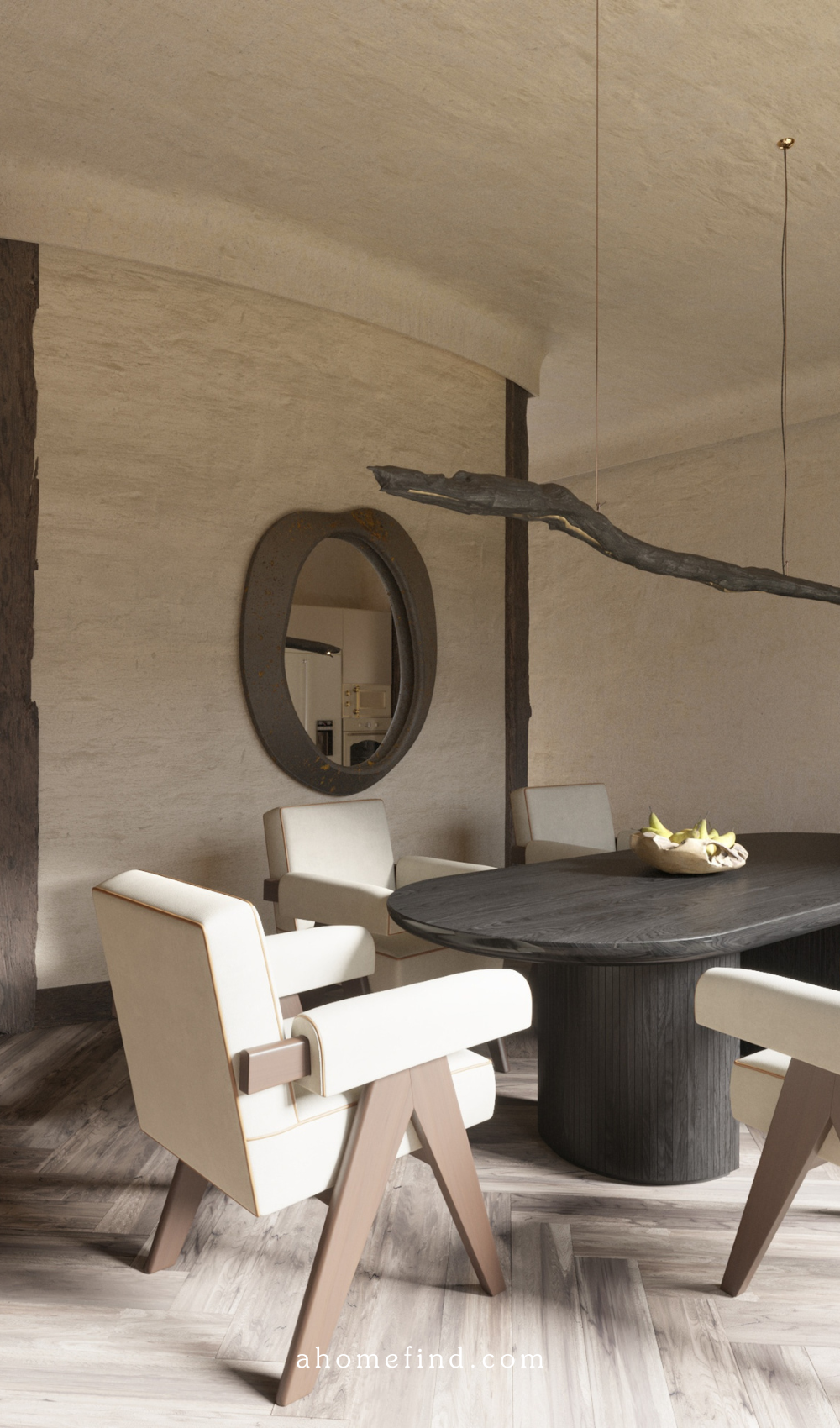
4. Your Assignment for Part 2
Here is how you can put today’s tips into action:
- Pick one room to start with — the one you use most.
- Look at your moodboard and three words. Choose 2–3 things to pull into that room.
- Style the space intentionally. Use the checklist to make sure the room feels layered and personal.
- Take a photo. Compare it to your moodboard. Does it reflect the vibe you set in Part 1?
Remember: Even a small change, such as changing a throw pillow or swapping out art can make the biggest difference when it’s done with clarity.
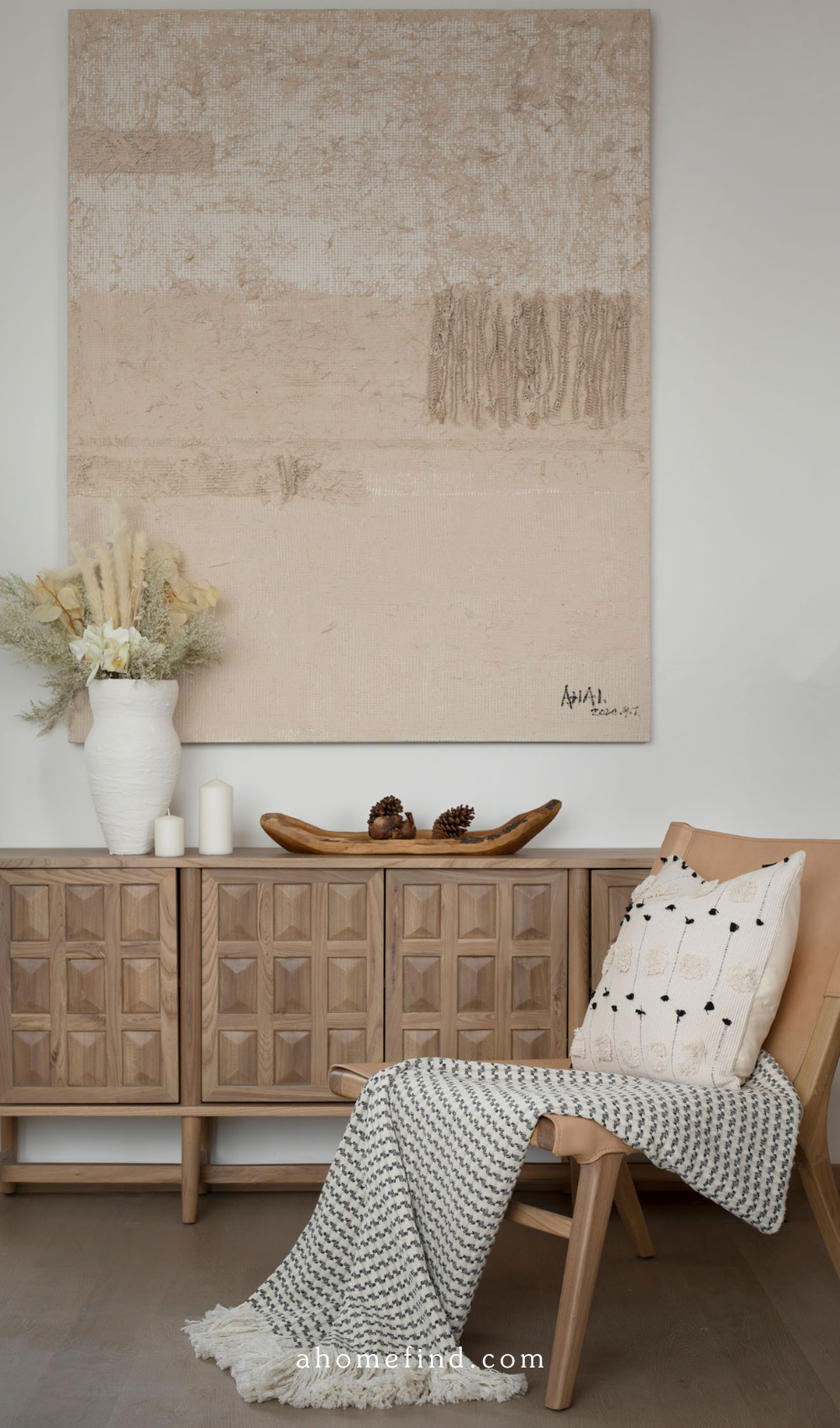
Final Thoughts
Now that your home is beginning to feel more cohesive and lived-in, it’s finally time for the finishing touches. I would say this is the fun part because the details are what really makes your space feel styled and even a little luxurious.
In Part 3, we’ll talk about how to elevate your home with simple styling tricks, how to make every room feel “done,” and how to decorate on a budget without it looking like it.
Don’t miss it – sign up for the newsletter for a reminder as soon as it’s live!


